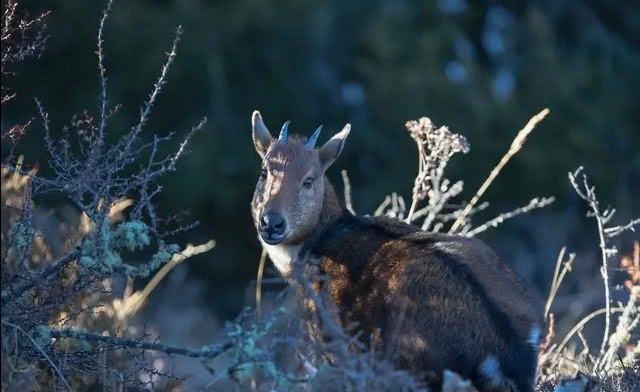
Chinese Goral, also known as Chinese Goral in English, has two subspecies and is a typical forest-dwelling mammal.From the name, the Chinese goral seems to be an animal unique to my country, but in fact they are not only distributed in my country, but also in India, Thailand, Myanmar and other count...
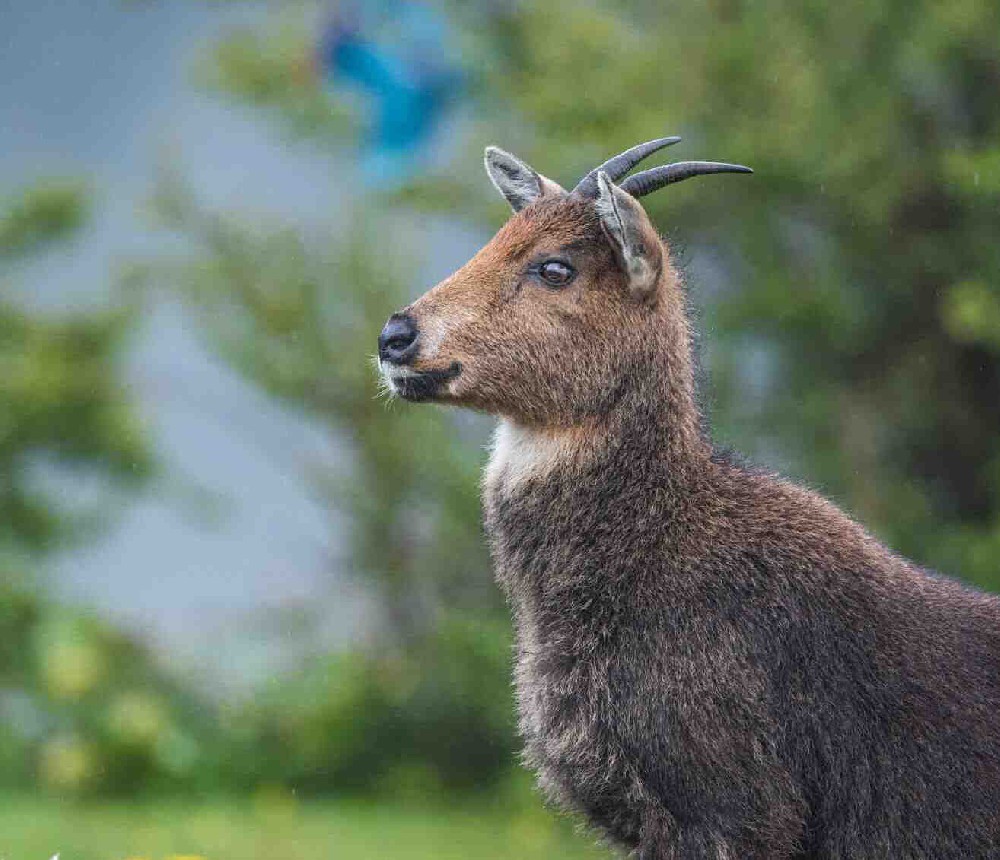
Grey Goral, also known as the Himalayan Goral, has two subspecies and is a typical forest-dwelling mammal.Female and juvenile Himalayan Gorals cover an area of 40 hectares. Solitary males cover an area of 22-25 hectares. They rely on vision and hearing to perceive the surrounding environment. Acute...

Long-Tailed Goral, no subspecies.Long-Tailed Gorals spend most of the year in small groups of 12 or less. Females, young gorals and sub-adult gorals form this group and move together, while older males usually live alone. They move in steep rocky areas and migrate up to 2 kilometers. In summer, the...
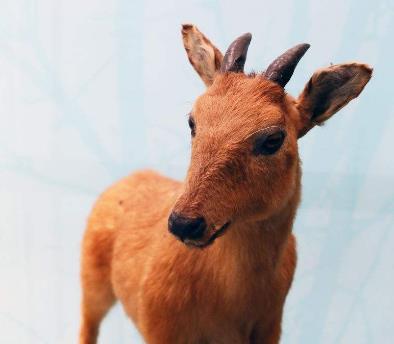
Red Goral has two subspecies and is a typical forest-dwelling animal.Red Goral's broad hooves are suitable for climbing, and it can run and jump on cliffs as if walking on flat ground. They are more active in the morning and afternoon, usually in pairs or small groups, foraging for food and wate...
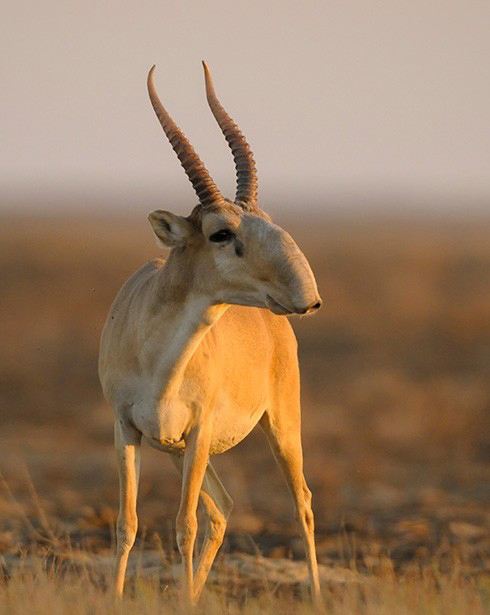
The Saiga antelope has two subspecies. It is named "Saiga" because of its particularly large and bulging nose, which bends downward and has nostrils at the tip.Saiga antelopes are herd animals that migrate seasonally. Every autumn, they gather in large groups and migrate south to the warme...
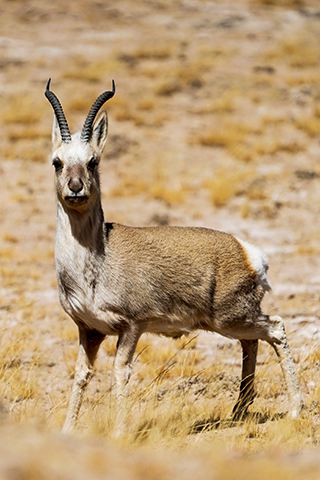
Tibetan Gazelle, also known as Tibetan Gazelle in English, has no subspecies and is a typical high mountain cold desert animal.For those who are familiar with the creatures in the Hoh Xil area, the easiest way to distinguish between Tibetan antelopes and Tibetan antelopes is to see which one has a &...

Mongolian Gazelle is called Mongolian Gazelle in foreign language. It has no subspecies.Mongolian Gazelle likes to live in groups. When migrating northward in spring, groups of 6,000 to 8,000 have been observed. In the summer pasture, males separate from the group. The group stays together for a lon...
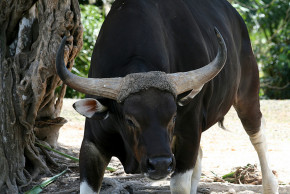
Javan buffalo is called Banteng in foreign language, and there are two subspecies.Javan buffalo usually live alone or 2-3 heads live together, and sometimes form a large group of 2-25 heads or more. Sometimes female cows, calves and sub-adults form a small group of more than 10 heads and move togeth...
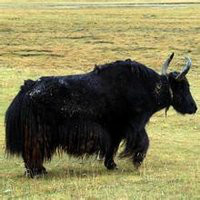
Wild yaks are called wild yak in foreign language. They are the wild counterparts of domestic yaks.Wild yaks live on the hillside all year round and like to eat soft bonza grass. They gnaw it with their teeth in summer and lick it with their tongues in winter. The thorny tongue of the bison is very...
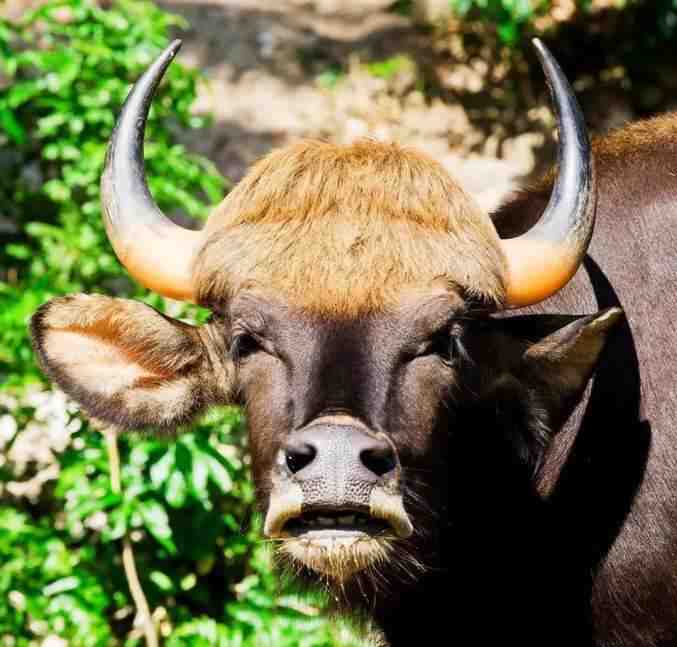
The Gaur is called Gaur in foreign language. There are two subspecies. The hair below the knees of the four limbs is white, so it is also called "white socks".Gaur is usually active at dawn and dusk. In summer, it is in the mountains with high altitudes, and in winter, it gradually descend...
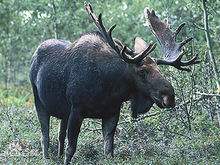
Moose, whose foreign name is Moose, has 8 subspecies and is the tallest deer in the world.The number of prongs in a moose's antlers is related to age. New horns are born between 6 and 8 months of age. The newly born horns are single branches, called cone horns. In the third year, 2 forks separat...
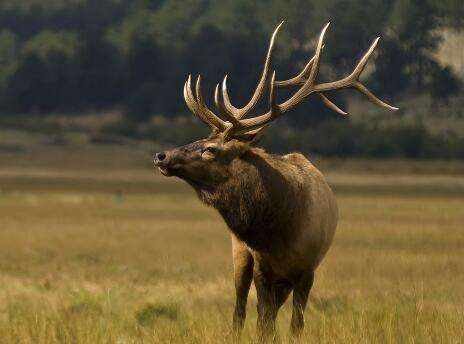
Milu [mí lù], also known as Pere David's Deer in foreign languages, is the only deer species in the Cervidae family and the genus Elk. This animal has a history of about two to three million years. Historically, there were five species of elk, namely the Bicha species, the Lantian species, the...
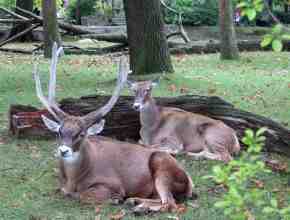
White-lipped Deer is a species endemic to the Qinghai-Tibet Plateau, with no subspecies. It is the deer species with the highest altitude.White-lipped Deer like to move around in the open space and forest edge, and have very sensitive sense of smell and hearing. Because its hooves are wider than tho...

Eld's deer, whose Latin name is Cervus eldii, is a medium-sized deer with three subspecies. It is similar in appearance to sika deer, but smaller in size, with fewer spots, and a more slender neck, body and limbs, making it look particularly agile.Eld's deer like to live in groups, but males...
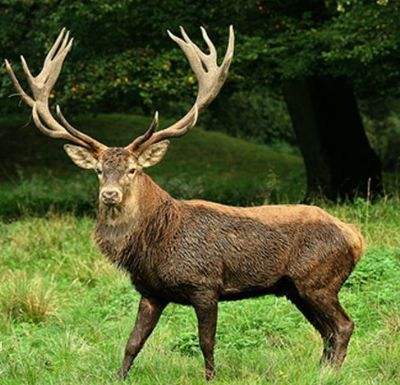
Tarim Red Deer, also known as Bactrian Deer, is of medium size and short body. It is the only subspecies of red deer that lives in desert landscapes.Tarim red deer have unique adaptability to the desert area of the Tarim Basin, that is, they are particularly resistant to heat, drought, strong winds,...
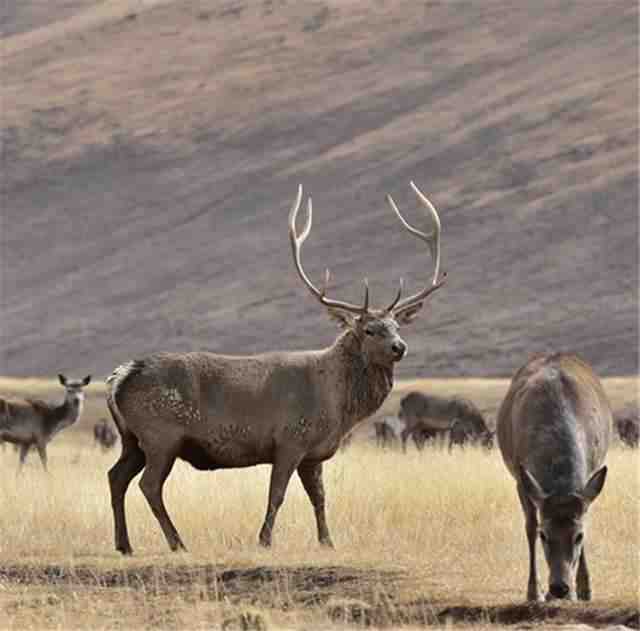
The Tibetan red deer, Shou Cervus in English, is a species endemic to the Tibet Autonomous Region. It was first discovered in Sikkim, so it is also called Sikkim red deer. .Tibetan red deer have migratory habits. In winter and spring, they mainly move in alpine shrubs and alpine meadows at an altitu...

Red deer, also known as Wapiti in English, is a large deer species. Due to different origins, the morphology of red deer also varies. There are 8 subspecies in the world. There are about 3 subspecies of red deer in China, most of which are endemic to China.Seasonal migration of red deer occurs at al...
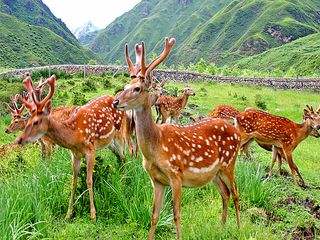
Sika deer, also known as sika deer in English, is a small to medium-sized deer with 16 subspecies.Sika deer are alert, agile, have well-developed hearing and sense of smell, but weak vision, and are timid and easily startled. Because of their slender limbs and narrow and pointed hooves, they can run...
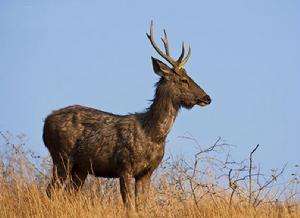
Sambar, also known as the water deer in English, has 8 subspecies and is the largest deer in tropical and subtropical regions.The important features that distinguish the water deer from other deer species are: small horns and few forks; movable incisors; a palm-sized piece of inverted hair on...
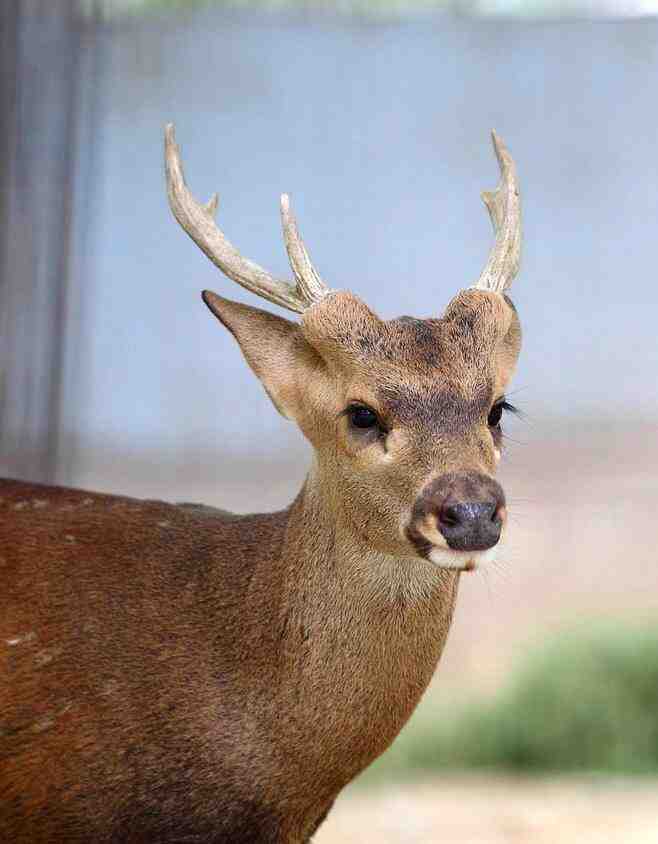
Hog Deer, also known as Hog Deer in English, has 3 subspecies and is a medium-sized deer.Hog Deer like to move alone, occasionally 2-3 gather together, but never gather in large groups. However, they often gather in temporary small groups during the rutting season and in feeding areas, with each gro...